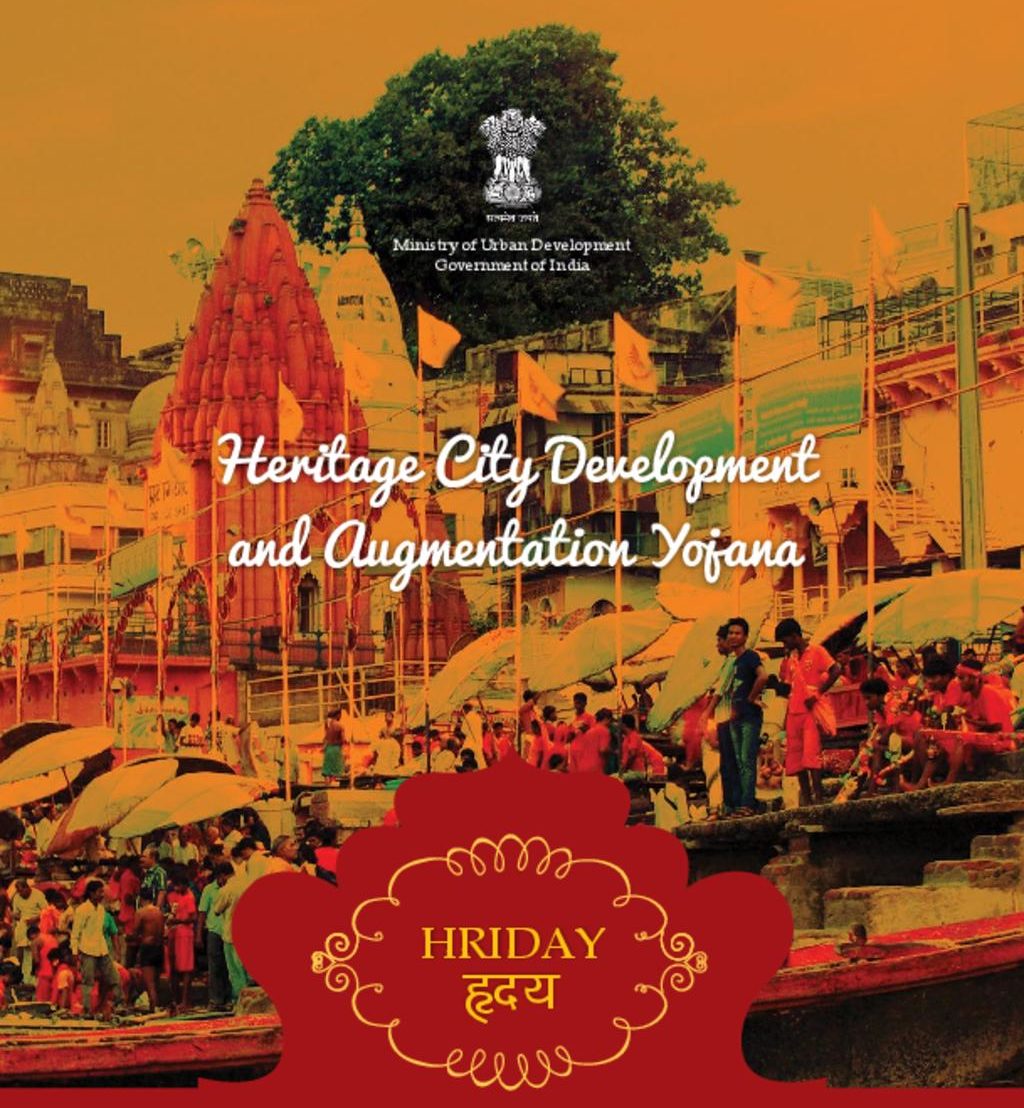Those of us who were growing up in the Seventies have dim memories of the way governments, both state and Central, used to market their schemes and programmes. Very Sarkari and very tacky. Those were laid-back days, with limited print media advertisement in black and white, TV coming in for three hours daily from 1975 and the internet and social media still a distant Stanford dream.
The desirability of small families was depicted with a stylized couple and their two children (one a girl and the other a boy) and a large inverted red triangle. Banks and public sector undertakings issued tepid advertisements with the pictures of Mahatma Gandhi and Indira Gandhi. As-unimaginative-as-could-be Directorate of Advertising and Visual Publicity (DAVP) and state government advertisements, crowded in with all the possible good things that the government had done or was proposing to do, was the norm.
The 20-Point Programme of Mrs Indira Gandhi was among the first attempts at branding diverse open-ended outcomes. In the Rajiv Gandhi era we had a number of “Missions”.
Cut ahead to today. The Prime Minister looks at you every time you fill your bike in 55,000 petrol pumps in the country. The Chief Ministers of states are identified with their pet schemes and are not shy of allowing their images to be used. Media in every form is used to carry images and names of pet schemes of the government.
Then the question of scheme names or “branding”. In the good old days, names of schemes used to describe their intent. “Food for Work” in 1977 meant just that. There were no names of erstwhile leaders and long meandering Sanskritized names that are perhaps comprehended by potential beneficiaries only in the northern Indian belt. Perhaps not, since as per the National Achievement Survey of 2017, only 53% of class eight students in Uttar Pradesh, on an average, were found to respond correctly to Language questions.
The bureaucracy in the Central government, realizing that their political masters like the use of acronyms, have jumped into the fray with the enthusiasm of school magazine editors. Some acronym-names are confusing, HRIDAY (Heritage City Development and Augmentation Yojana) — why do you need a “heart” for a heritage city?
Schemes are also named after famous personalities by the incumbent government. The only problem is that if one government couldn’t find names beyond the father of the nation and a single family with the same surname, the successor government had their own home-grown list. The result was that many well-remembered and branded schemes were “re-branded” after 2014. For example, the “new improved” JNNURM (Jawaharlal Nehru National Urban Renewal Mission — remember the logo on the sides of the new shiny government buses?) is now AMRUT (Atal Mission for Rejuvenation and Urban Transformation), possibly one of the few government programmes named after a living person. Deendayal Upadhyaya and Dr Syama Prasad Mookerjee have also been honoured by the present government by prefixing their names to varied government programmes unconnected to their achievements.
Umpteen schemes are named after the Prime Minister like the Pradhan Mantri Adarsh Gram Yojana, Pradhan Mantri Kaushal Vikas Yojna, Pradhan Mantri Suraksha Bima Yojana, Pradhan Mantri Jeevan Jyoti Bima Yojana, Pradhan Mantri Jan Dhan Yojana, Pradhan Mantri Gram Sadak Yojana, Pradhan Mantri Gramin Awaas Yojana, Pradhan Mantri Bhartiya Jan Aushadhi Kendra.
To most persons, any scheme named after the Prime Minister would imply that the scheme is a Central government scheme fully funded by the Government of India. Wrong. Take the Pradhan Mantri Gram Sadak Yojana for example. This is a “core” scheme of the Central government named after the Prime Minister, but now funded to the extent of only 60 per cent by the Centre. The balance, including the entire cost of implementation at the field level, is left to the state governments. No wonder the states are fuming and imposing their own branding by renaming some of them.

Unlike many other states which have programmes named after the post of the Chief Minister, schemes in West Bengal do not. They usually have descriptive names, many carrying the “shree” suffix, Kanyashree being the most visible and successful in creating a brand-equity.
The ultimate black comedy on the government machinery, schemes, programmes and the media trying to get Television Rating Points at any cost, is the 2010 film “Peepli Live”. Do watch it on Netfix if you haven’t already. And yes, do find out why the hand-pump scheme is called “Lal Bahadur”.
[The views expressed belong solely to the author, and may not reflect the opinions of the editorial team]

